Location: Nantou
Distance: 23km Elevation Gain: 600m+
If you’re looking for a scenic cycling route in Nantou County with a mix of nature, a bit of a challenge, and a true escape from the city, the Huisun Forest Recreational Area is one to check out. It’s not an overly tough climb, but the ride offers more than just exercise — it feels like stepping back in time. You’ll pass through valleys with towering mountains on one side and rolling hills on the other, while the peaceful Beigang River flows below. This route offers a wholesome experience that stays with you.
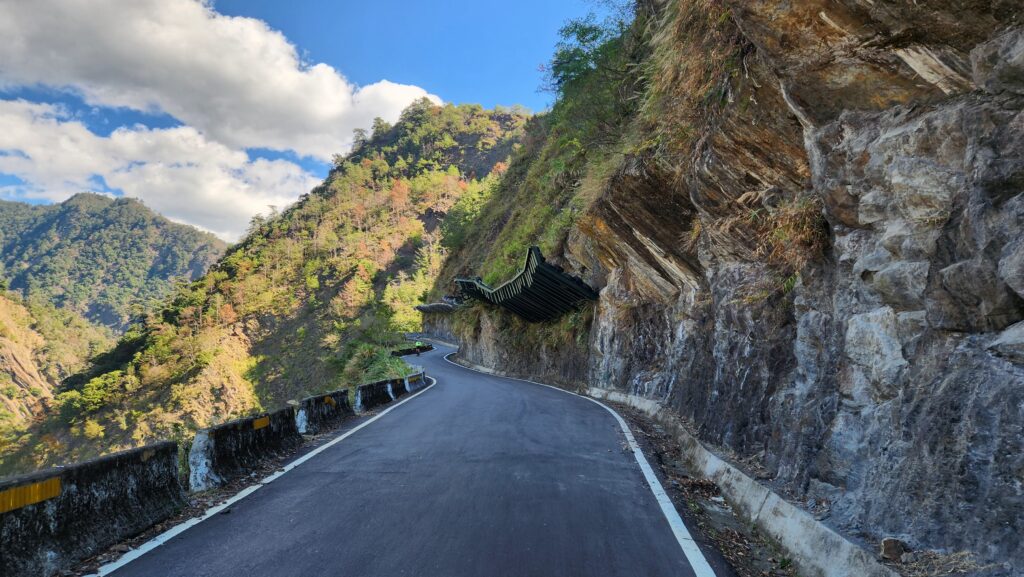
Before we jump into the details of this route here is some key information about this area: Huisun Forest has an interesting history, dating back to 1916 when it was first established after Taiwan was handed over from Japan. Originally called Nenggao Forest, it was later renamed in 1963 to Huisun Forest. Spanning over 7,400 hectares, and sitting around 35 km east of Taichung, the forest’s elevation varies from 450 to 2,420 meters, giving it a rich variety of landscapes. While it’s a great place for cycling, it also plays an important role as a research site for local colleges.
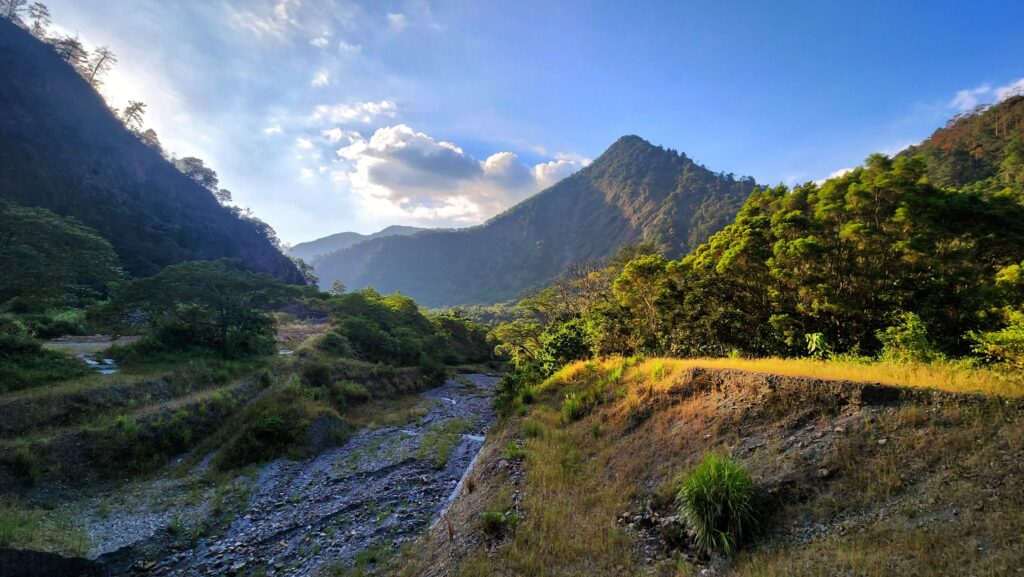
The infrastructure in the area feels timeless. You pass by old, rustic buildings, small neighborhoods, and even a few quaint temples. The various banana farms and betel nut trees give the atmosphere a nice tropical feel. The mom-and-pop shops add to the charm, giving the whole place a laid-back, old-school vibe. Sometimes, you’ll spot locals riding around on their 125cc scooters, some without helmets, just going about their daily routine. This area, tucked away in central Taiwan, is a far cry from the hustle and bustle of places like Taichung City. It’s a deep, peaceful escape, and for those of us who spend our time in the city, it’s a refreshing change of pace.
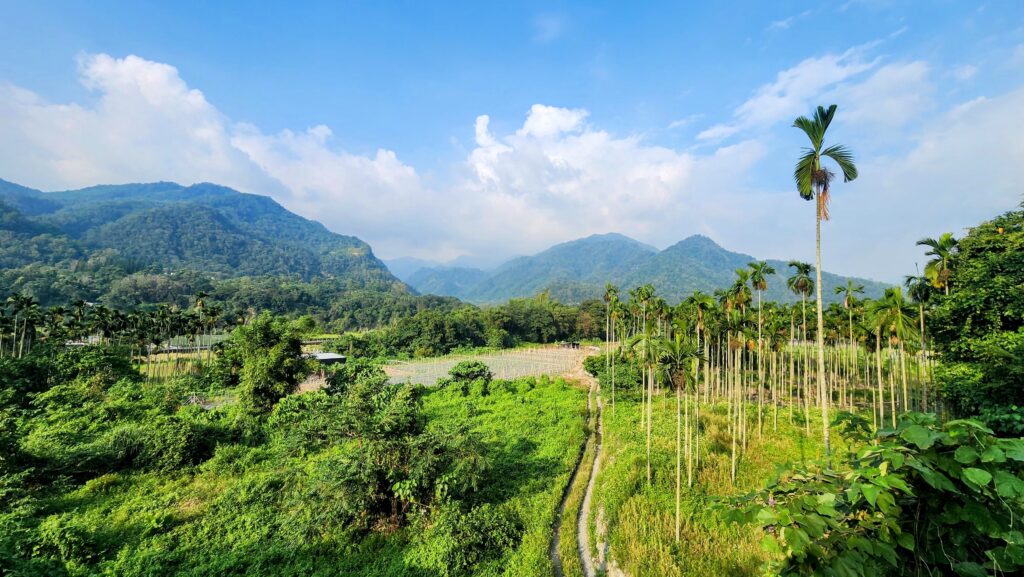
Now, let’s talk about the roads and the difficulty. This climb is relatively easy, especially if you’re coming from Taichung. Using public transport; the easiest start point would probably be the High Speed Rail station in Wuri, but this would require a good 50km+ to get to the start of the climb. The most straightforward way (the yellow line on the map) is to ride along No. 14 as if you are heading to Sun Moon Lake, then make a left turn onto No. 133. If you’re feeling more adventurous and want to tackle a bigger climb (the purple/blue line on the map), you can take the longer route from Taichung City up No. 129 to Xinshe and get on No. 21. Either way, it’s a manageable ride that offers a rewarding experience.
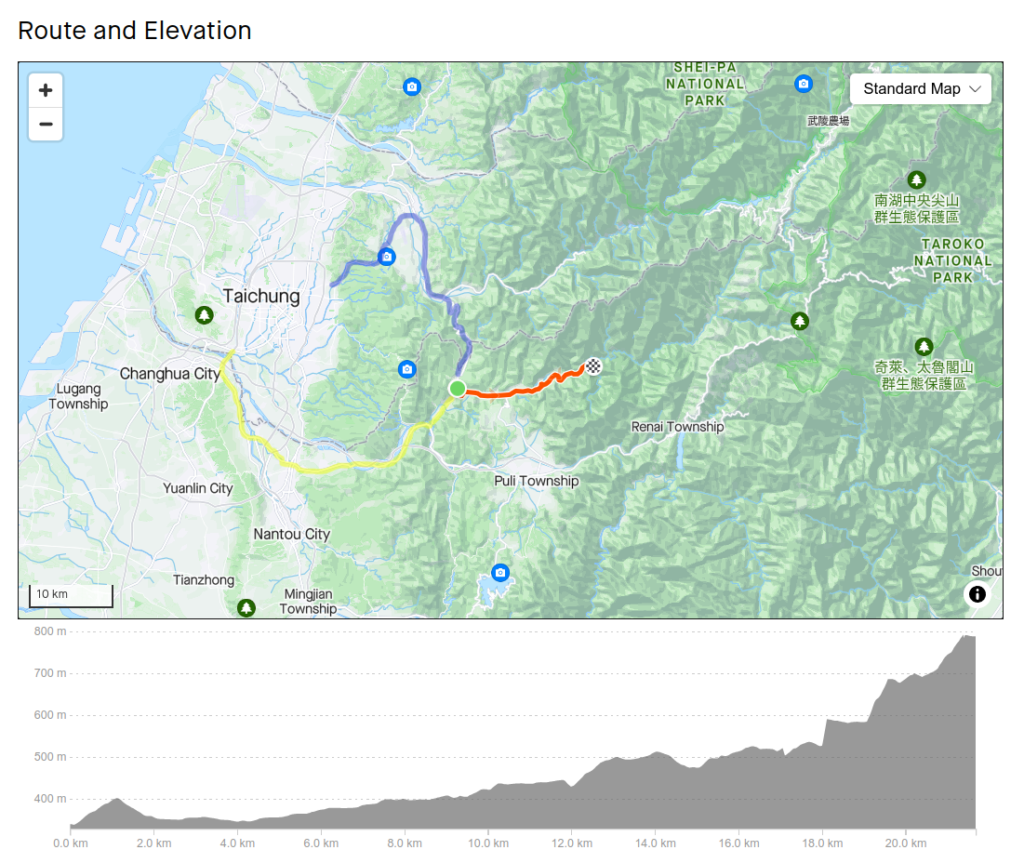
Let’s take a look at this ride from No. 133, the Guoxing approach. The road No. 133 is mostly a false flat, with only a few sections reaching a 3% gradient. As you approach the junction where No. 133 meets No. 21, this is where the route to Huisun starts, coming from Guoxing make a right turn onto No. 21 and you’ll begin a 1.2 km climb at a steeper 5% gradient. It’s not too challenging, and if you’re in the mood for a workout, you can push yourself and burn a few matches on the way up. After that, there’s a brief downhill, giving you a chance to catch your breath. You’ll continue riding along the Beigang River, soon you’ll spot the famous Nuomi Bridge – sticky rice bridge. This historic landmark is worth a stop for a photo, and if you’re interested in its backstory, there’s plenty to read up on.
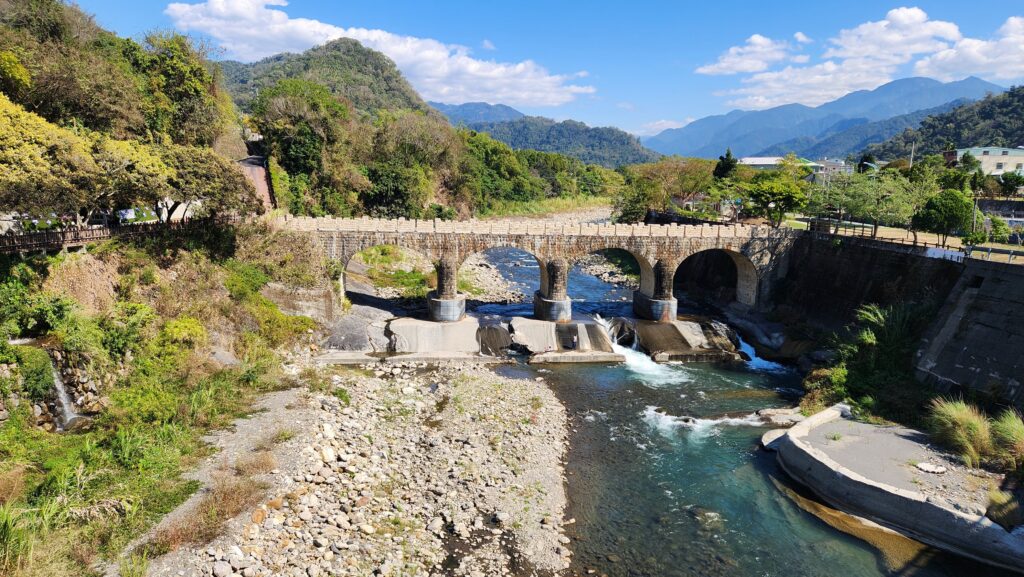
Continuing on No. 21 you will roll for a while, about 8 kilometers and then No. 21 will make a hard right towards Puli however you want the route to Huisun so stay straight and merge onto Tou 80. Once you are rolling on Tou 80 you have about 8 kilometers of really nice riding until you reach the Huisun Forest Recreational gate. You will find yourself at 600 meters above sea level, having started at 350 meters. The climb isn’t overly demanding because you cover a good distance.
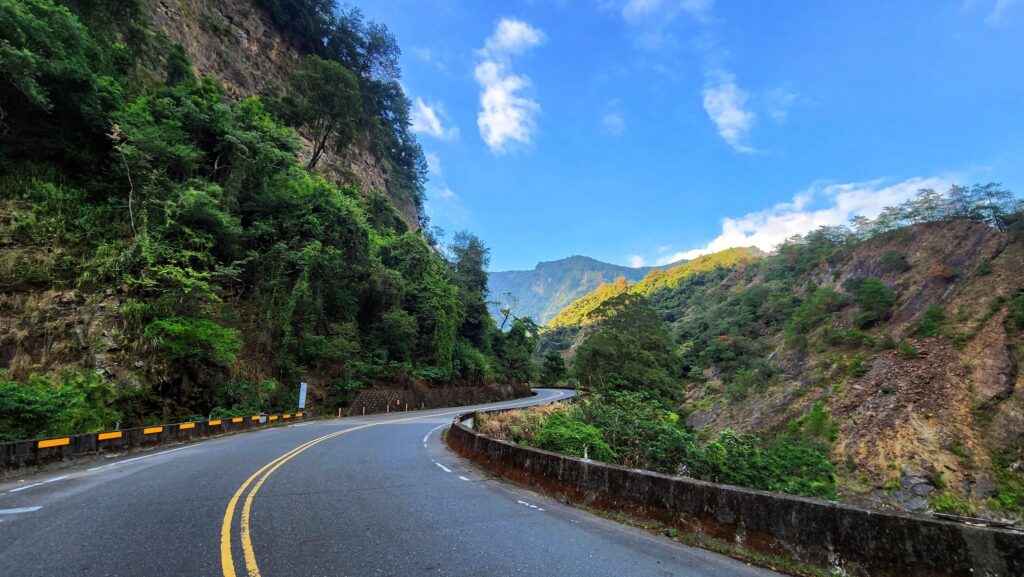
One of the highlights of this ride is the Aboriginal village you pass by. The artwork and culture that greet you along the way add a unique touch to the experience. The village name, B’ala, is worth checking out. It’s a nod to the local culture, and it’s one of those little surprises that make the ride even more interesting.
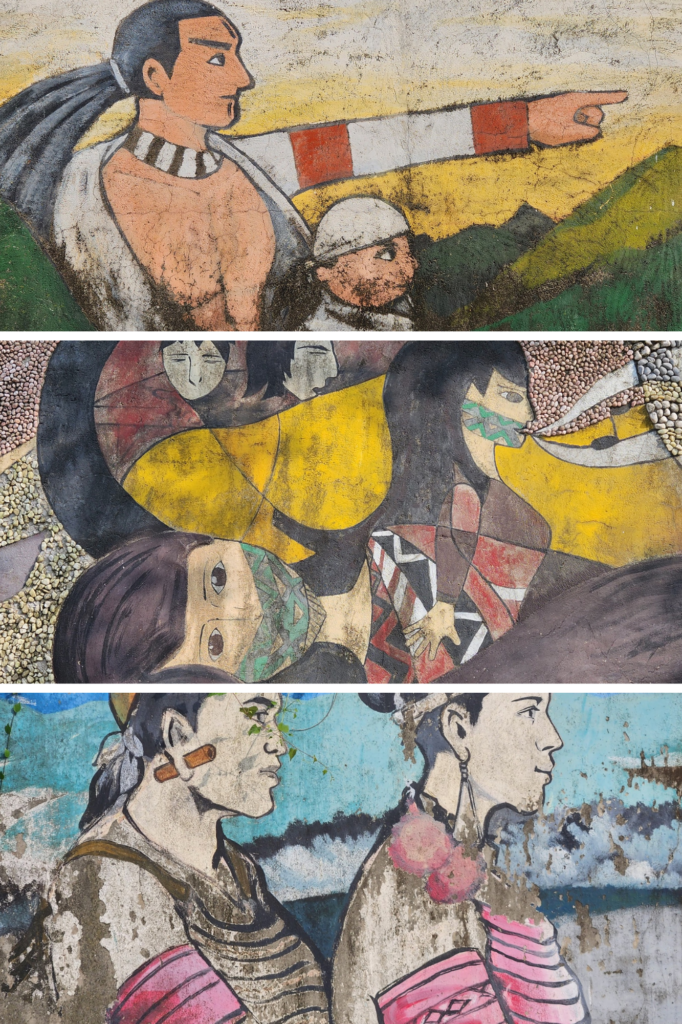
The murals and artwork alone make the trip worthwhile. Over the past 10 years, I’ve watched the colors and textures of the art gradually fade, but I hope the younger generation will soon step up and bring new life to the area with fresh, vibrant creations.
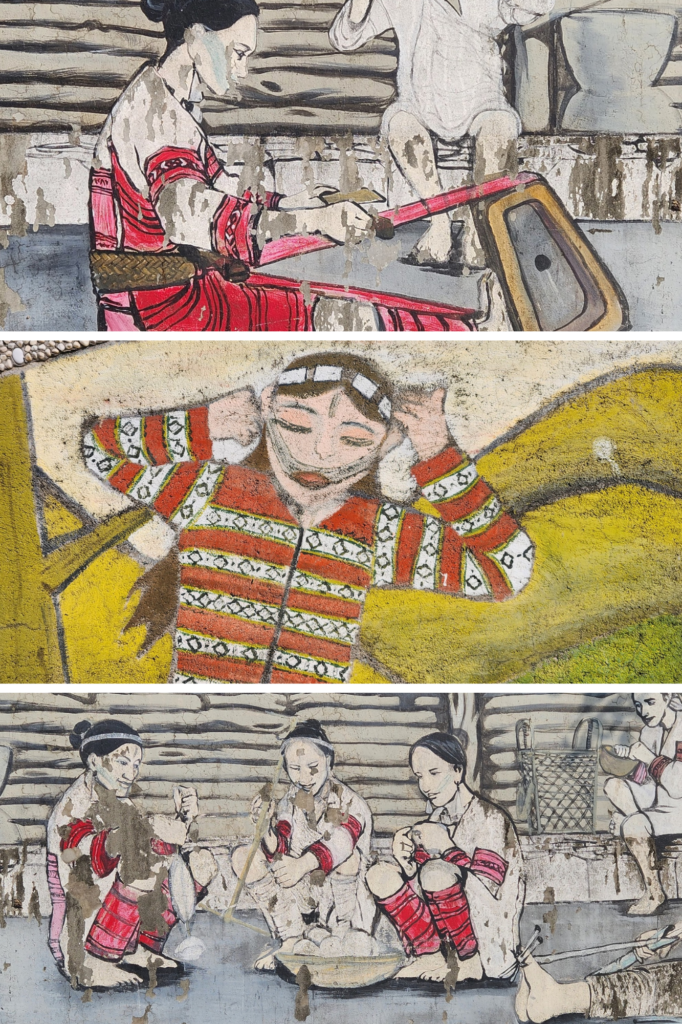
Once you reach the gate where you’ll need to pay NT$200 to continue. It’s a small fee for access to the last six kilometers, the ride ahead is worth it. The first four kilometers are pretty gentle, but the last two are where the real challenge begins. Steep gradients make for a tough climb, but the smooth, freshly paved roads — a nice change from the bumpy, rock-strewn paths of years past — make the effort a little easier.
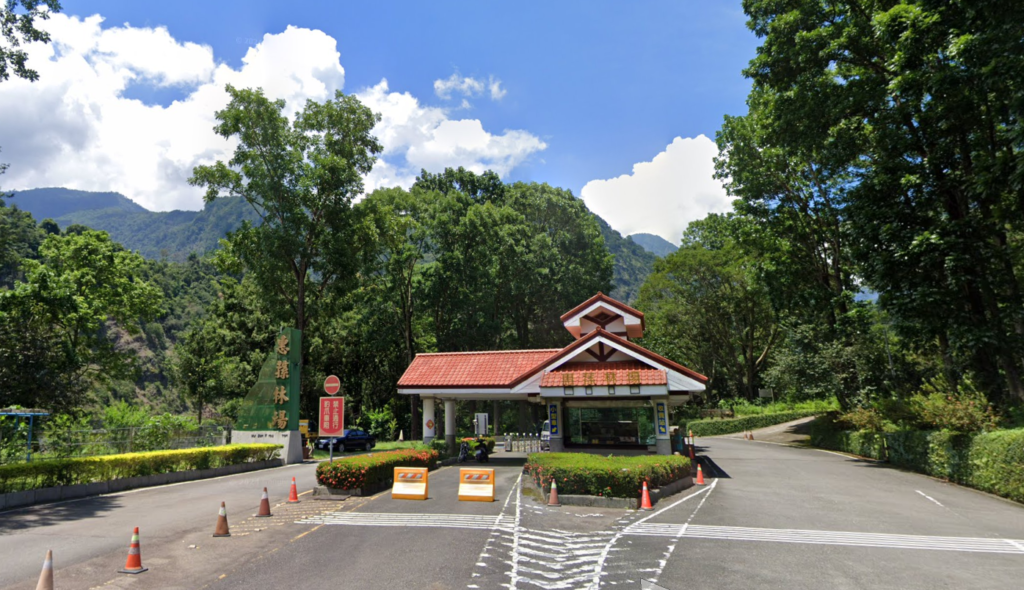
At the top, there’s a small park where you can grab a coffee, maybe some ramen, and take in the views. If you’re feeling up for it, you can push a bit further to reach a lookout point. On a clear day, the view is spectacular, though you might need to contend with clouds or fog if the weather isn’t perfect. It’s all part of the ride’s charm — unpredictable, yet always rewarding.
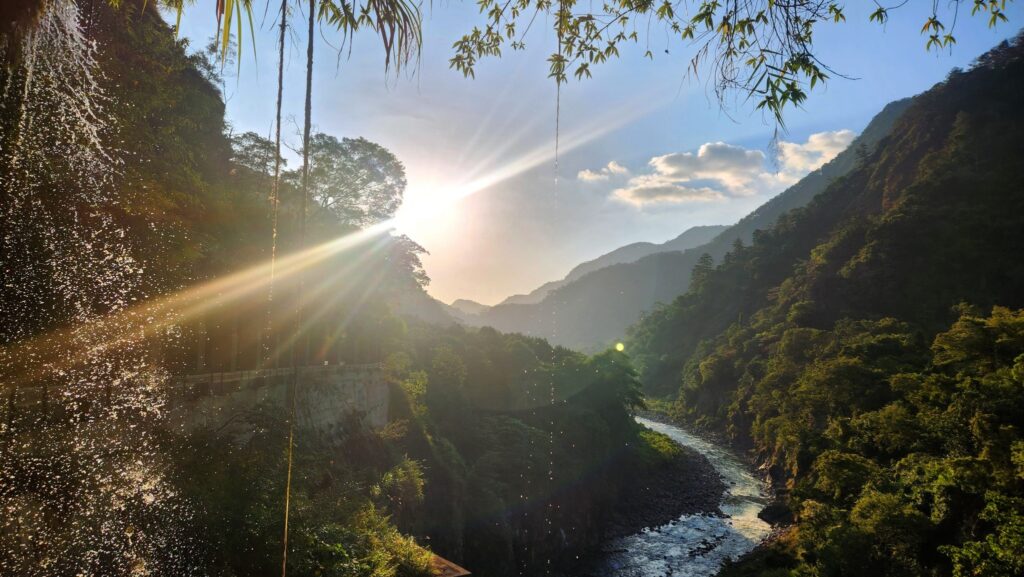
This ride might not be on everyone’s radar, but it deserves a spot in our top 100. It’s not just about the physical challenge; it’s about the journey, the landscape, and the feeling of being immersed in a place that feels worlds away from the city. If you’re looking for a route that offers both a great ride and a peaceful retreat, the Huisun Forest climb is a must-try.
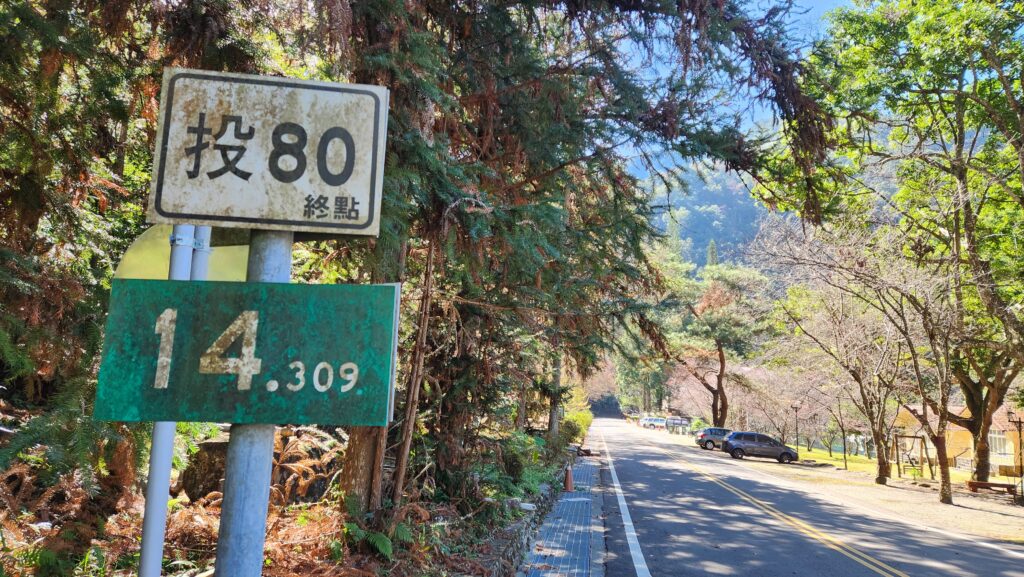
If you’re planning a visit, Huisun Forest offers several casual hiking trails to explore, perfect if you want to stretch your legs after your ride. The area is open from 8 AM to 5 PM, and there are accommodation and food options available if you decide to make a full day of it. The entry fee is NT$200, and it’s worth considering spending the night inside the forest to soak in the peaceful surroundings. You can even book a room through their site here.
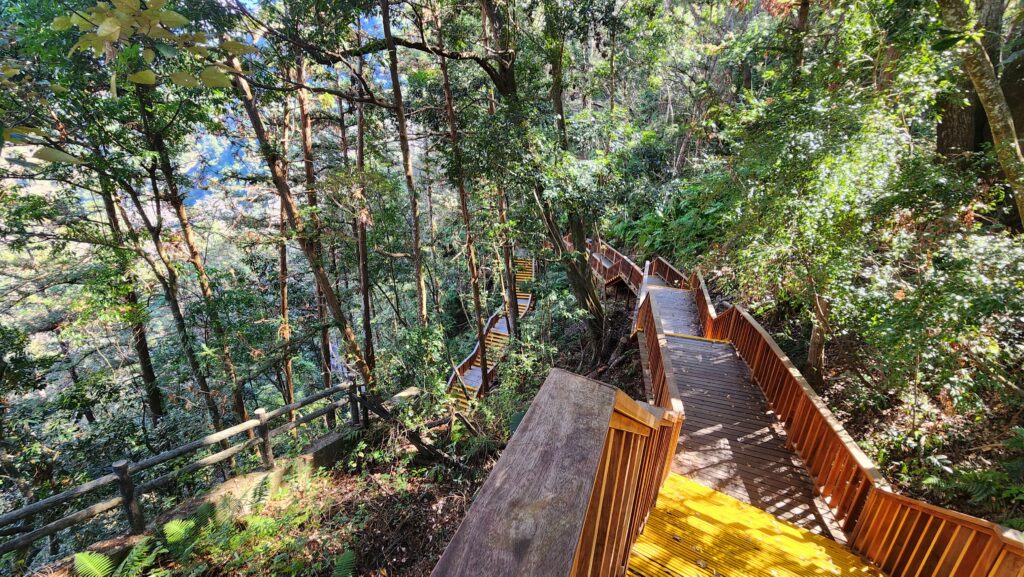
Here is the GPS information with a start point in Wufeng, Taichung County.
On a final note, some of the dead-end roads leading into the hills are worth exploring, with one even ending at the beautiful Furong waterfall. If you venture into this area, a gravel bike or wider tires are recommended, though with some finesse, road tires can handle it too. As you climb higher, you’ll encounter white concrete and increasingly steep inclines.
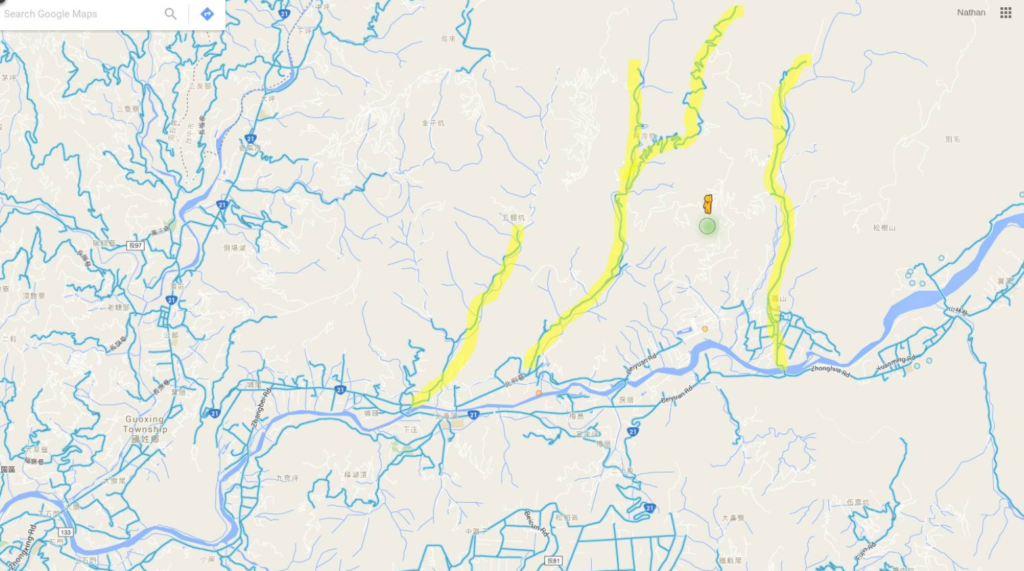
Looking good and rolling on to No. 50 on schedule.